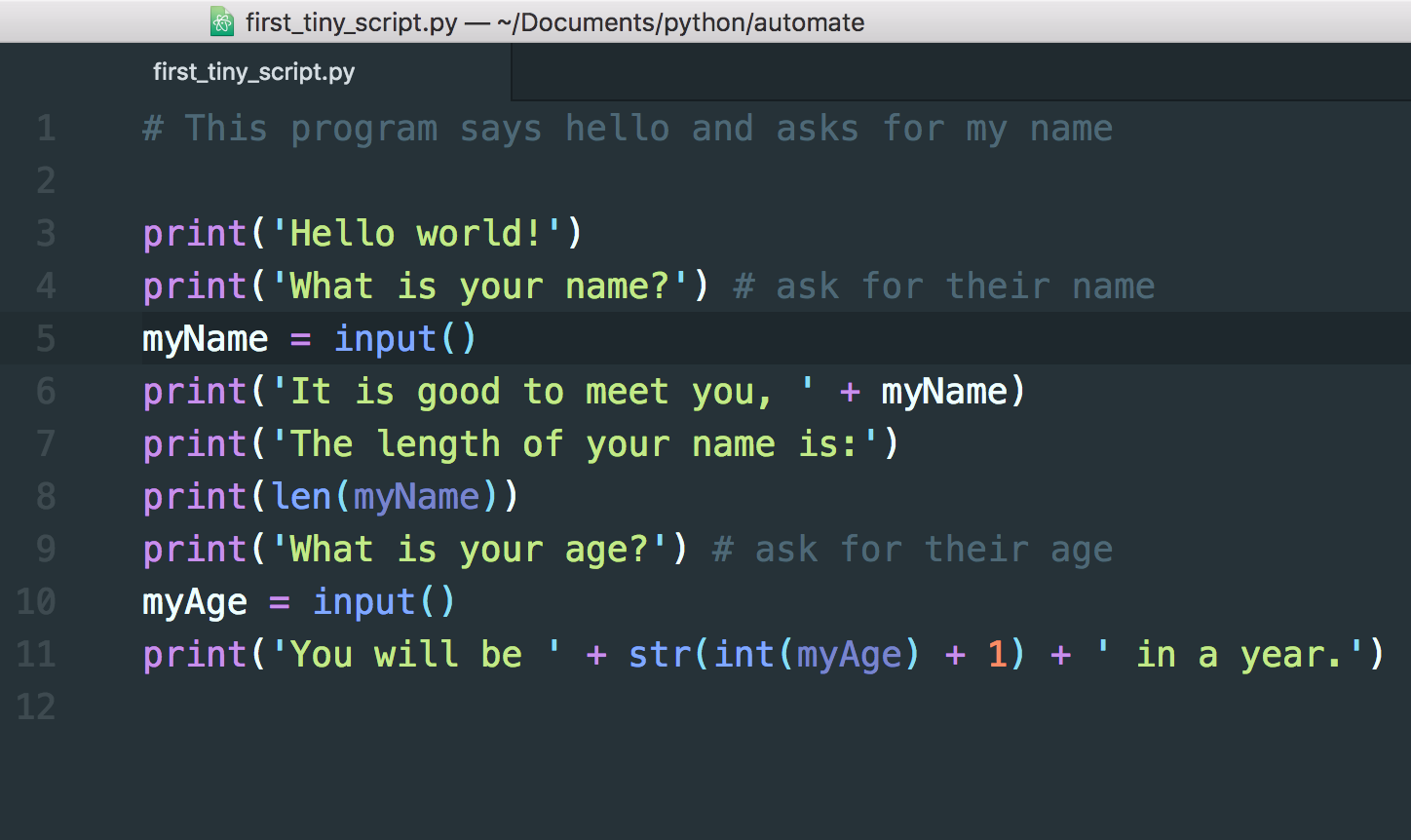As you move beyond simple scripts, you’ll need a way to organize and manage more complex systems. This is where you should learn how to get started with Object-Oriented Programming (OOP) in Python. OOP is a powerful programming paradigm that structures your code around ‘objects,’ which bundle together related data and behaviors. This makes your code more modular, reusable, and easier to understand.
Table of Contents
🏛️ What Are Classes and Objects?
The two core concepts in OOP are the class and the object. A class is like a blueprint or a template. It defines the properties and behaviors that all objects of a certain type will have. For example, you could create a `Car` class that defines that all cars will have a color and a brand. An object, on the other hand, is a specific instance created from that blueprint. So, `my_blue_ford` would be an object of the `Car` class, with its own specific data.
🚗 How to Define a Simple Class with Attributes
In Python, you define a class using the `class` keyword. The properties of an object are called attributes, which are essentially variables that belong to the object. To initialize these attributes when an object is created, you use a special method called a constructor, which in Python is named `__init__`. Inside this method, you use `self` to refer to the object being created and assign the initial values to its attributes, such as `self.color = ‘blue’`.
▶️ How to Add Methods to Define Behavior
The behaviors of an object are defined by methods, which are simply functions that are part of a class. These methods can operate on the object’s attributes. For example, in our `Car` class, we could define a `drive()` method that prints a message like `The blue Ford is driving.` by accessing the car’s `color` and `brand` attributes. This bundling of data (attributes) and behavior (methods) into a single object is the central idea of OOP.
—
Tadese, Girmay. Code Smart with Python Programming Language. Venus Online Software Training, 2024.
More Topics
- How to Showcase Your Python Skills with Mini-Projects
- How to Level Up with Advanced Python Programming Concepts
- How to Use Python for Cybersecurity Tasks
- How to Use Python for Data Science and Machine Learning
- How to Organize Your Code with Python Functions and Modules
- How to Work with Files in Python
- How to Use Python’s Core Data Structures

